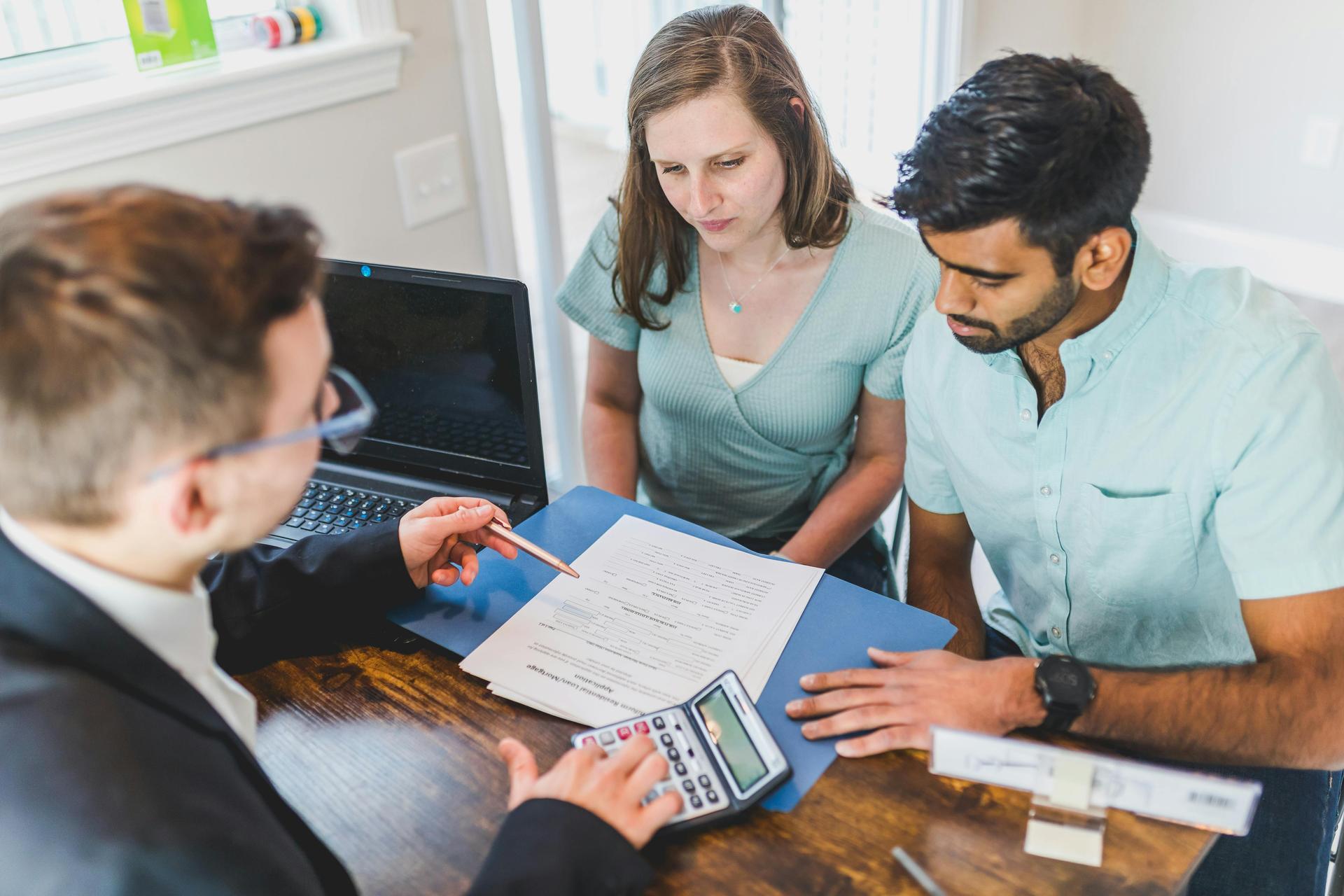When it comes to rental properties, one question always seems to come up: who shoulders the burden of utility costs? It's a query that can spark debates and a host of misunderstandings. In this blog, we delve into the often murky waters of utility payments in rental agreements and provide an overview of the responsibilities of both tenants and landlords. We also suggest how landlords can protect themselves if a tenant does not pay for these utilities.
Before we dive in, it can be useful to explain what is meant by utility costs. In short, utilities are the basic services that local governments provide to private homes: electricity, and sometimes gas, water, refuse and sanitation (sewerage and refuse removal). With the introduction of pre-paid electricity, and in some areas, pre-paid water, these are no longer line items on the account but rather a “pay-as-you-go” service.
In most rental agreements, the tenant is usually the one responsible for paying for the electricity, water and other utilities. The landlord is obliged to provide utilities, and the tenant is typically the one who pays for them.
Management by no surprises
The wording of the lease agreement is important as it should spell out which party is responsible for which costs and what is included in the rental bill and what isn’t. It is crucial to have a lease agreement in writing so that both parties understand exactly what is expected of them and can refer back to the lease in the future. When you draw up a lease, in addition to the usual clauses about rent amount, length of the lease, termination, etc., make sure to add a clause that sets out which party is responsible for paying what – especially the utilities.
There are a couple of ways of approaching this:
1. An “all-in” rent amount
An "all-in" rent means that both you and the tenant agree that the rent they pay every month includes the cost of utilities. While it’s easier to manage because the tenant simply pays the fixed amount each month, there are certain downsides to this:
- The tenant doesn’t have the potential for any cost (or energy) savings if they decide to cut back on energy or water consumption. Nor do they benefit during those times of the year when, for example, the weather is warmer and electricity usage is naturally less. On the other hand, if the tenant’s usage is excessive and/or there is a drought and the municipality imposes penalties for high consumption, the tenant would not be directly liable for paying those penalties. Consequently, the landlord might find themselves with excessive bills over which they have no control.
- Except for the agreed annual escalation which usually happens at the anniversary of the lease agreement, landlords typically may not increase the tenant’s rent because of increases in the cost of water and lights, etc. However, they can if the lease provides for this, i.e. penalties associated with droughts, or out-of-step increases in services and utilities.
- Other services to include in an “all-in” rental agreement: Depending on the property and/or past experience with tenants, some landlords insist on providing other services like a garden service. Other examples of services that you could negotiate on a case-by-case basis might be the provision of the internet and/or security. Regardless of the type of service, it is in everyone’s interests to spell out, in the lease, how these items and associated costs – and increases – will be handled if they occur outside the accepted annual adjustment.
2. An itemised monthly bill
One possible way of making paying for utilities more fair is to have an itemised bill each month. This means that the landlord would need to list the amounts for refuse removal, water, and electricity based on the account statement that they receive from their local municipality. Of course, if the property has pre-paid systems, then the tenant will simply pay for their electricity or water as they use it. This becomes more complicated if a landlord is renting out a garden cottage on their property or a room within their home, as the amounts on the municipal bill would need to be split fairly. Unless the landlord (or agent) has the infrastructure and staff to handle this type of accounting, this strategy can be administratively demanding.
Word to the wise: If your tenant does not pay for the utilities they use, you may not just cut them off. If you want to take this sort of action, you must get a court order. If you are confronted with this problem, get help from your local rental agent or provincial Rental Tribunal.
Some final advice
Although in most cases tenants must pay for the utilities they use, the ultimate responsibility for ensuring that the bill gets paid, lies with the registered property owner. This makes it very important for both the landlord and tenant to clarify who pays for what and when, to agree to this and, importantly, to pay up, and on time.
To make things easier and less stressful for everyone, we recommend that both landlords and tenants use reputable rental agents. If you need help with this and to resolve any conflicts, contact the Rental Tribunal and reach out to your nearest RE/MAX office.
Have more unanswered questions? Here are some related questions – and answers – that might help…
Can the landlord deduct outstanding utilities from my deposit at the end of the lease agreement?
Yes, the landlord can deduct the cost of outstanding utilities from your deposit. However, if you pay an “all-in” rental that includes utilities, you will have paid for these in advance, so this may not apply. Remember to also check what your lease agreement says.
Is the landlord responsible for pest control in South Africa?
The answer to this question is, “It depends.” Generally, if the tenant does not keep the property clean and hygienic, and there is an infestation of, for example, cockroaches, they are responsible for getting rid of them. However, if the pests damage the structure of the property as can happen with rats, mice, termites and beetles, then the landlord is typically responsible for their control and extermination. Remember to also check what your lease agreement says.
Can I charge tenants for solar power in South Africa?
The short answer to this question is “Yes.” However, actually doing so is a bit more complicated because you will need to install a meter to measure how much power is used. Alternatively, you and the tenant can agree on a fixed monthly amount. Effectively that means they contribute to the capital cost, maintenance, insurance and other costs associated with the solar installation. Do remember to ensure that this is either included in your lease agreement or as a formal addendum to that lease.






